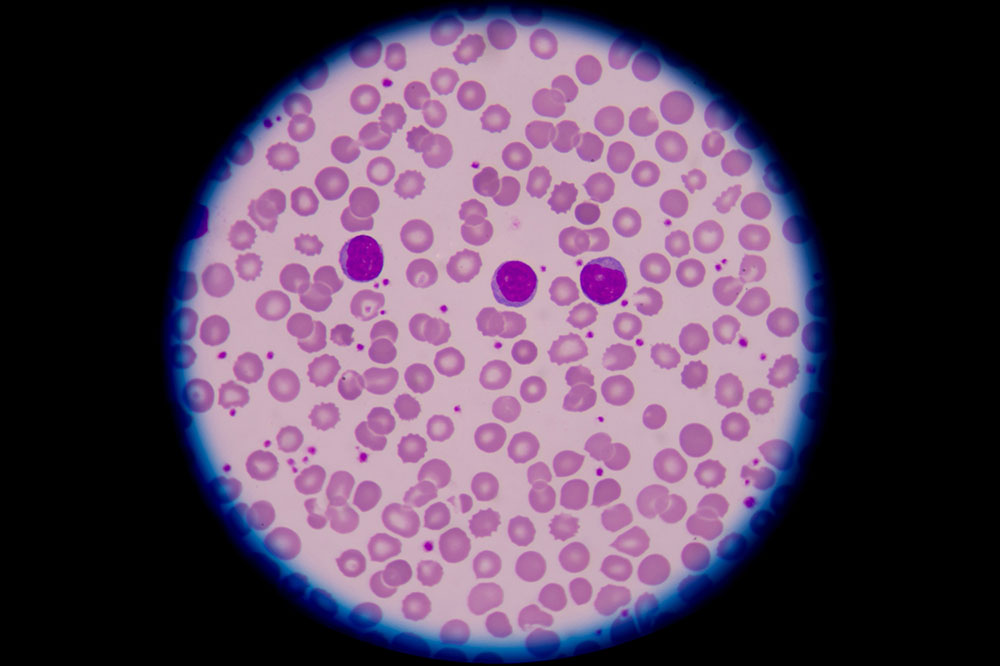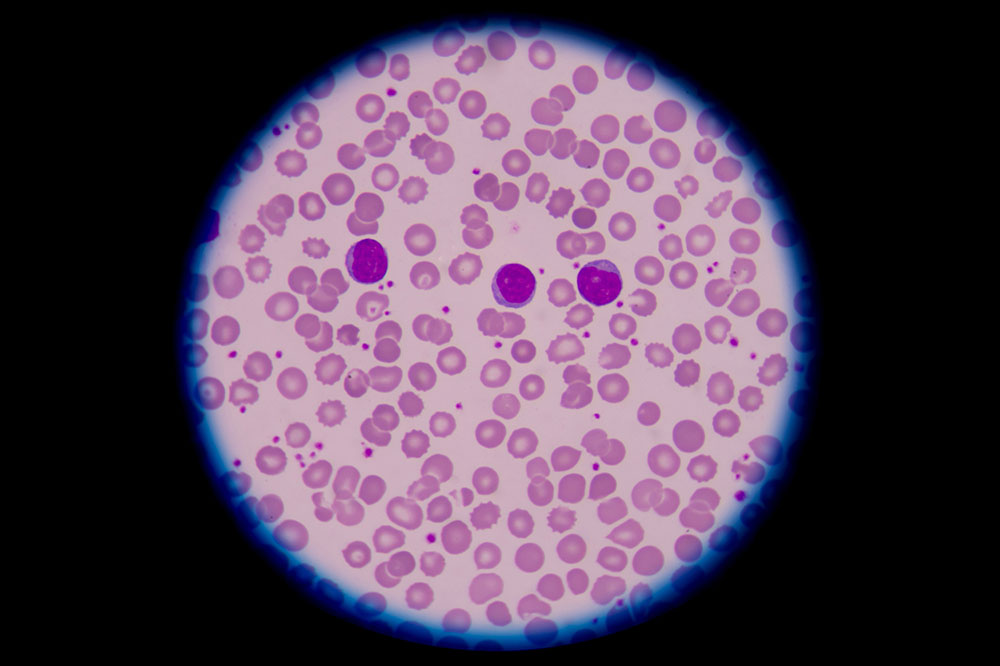Understanding Common Blood Conditions and Their Treatment Approaches
Explore common blood disorders such as anemia, hemophilia, leukemia, and polycythemia vera. Learn about their causes, symptoms, and available treatment options like medication, transfusions, and therapies. Accurate diagnosis followed by personalized treatment plans by hematologists can effectively manage these conditions. This overview aims to inform readers about blood health issues and encourage seeking professional medical guidance for proper care.

Understanding Common Blood Conditions and Their Treatment Approaches
Blood disorders impact both the liquid and solid components of blood, including plasma, white blood cells, red blood cells, and platelets. These issues can arise from problems in organs like the bone marrow, liver, kidneys, spleen, or the lymphatic system, leading to various hematological conditions. Medical specialists known as hematologists are responsible for diagnosing and managing these disorders. They investigate medical history and symptoms through tests such as blood analysis, urine tests, and bone marrow biopsies to identify the exact problem.
Here are some prevalent blood disorders and their treatment options:
Anemia - Caused by iron deficiency, sickle cell disease, or thalassemia, treatment includes nutritional supplements, medications to increase red blood cell production, or blood transfusions in severe cases. Rare anemia forms may require marrow or stem cell transplants.
Hemophilia - Characterized by excessive bleeding, managed through clotting factor concentrates that aid blood clotting. Patients can often administer treatments at home, reducing bleeding risks.
Leukemia - A blood cancer with abnormal white blood cell buildup, treated based on severity via observation, chemotherapy, radiation, stem cell transplants, and newer therapies like targeted and immunotherapy.
Polycythemia Vera - A disease causing overproduction of red blood cells, leading to thickened blood. Management involves phlebotomy to remove excess blood and medications to suppress red cell production.










